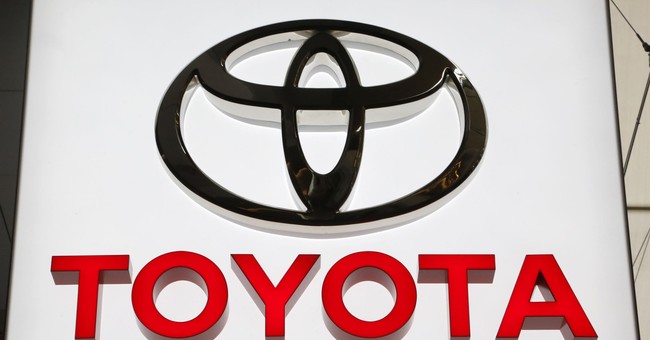It takes about 2Kw of solar modules to offset the charging of your Tesla at home (driving 12,000 miles per year). Solar contractors out here are busy installing charging outlets in the garages of their solar customers.
I can't think of a single person who drives an EV who isn't aware that most electricity comes from fossil fuels. Most of our grid out here is powered by natural gas. Everybody knows that.
Tesla's new gigaplant will be manufacturing it's own batteries instead of subbing that part out. They will be able to recycle old batteries there and reuse the components. And the gigaplant will be partly powered by solar and wind.
Beyond the environmental argument for owning an EV, a Tesla is a status vehicle. It's a high performance luxury car. It's made in the USA. And a Tesla owner doesn't have to rub elbows with the groundlings at proletariat fueling stations. You can charge them for free in the SF Bay Area at Tesla supercharging stations and many third party venues. I recommended the stock on USMB about a month ago at 196. Today, it's at 216.
I can't think of a single person who drives an EV who isn't aware that most electricity comes from fossil fuels. Most of our grid out here is powered by natural gas. Everybody knows that.
Tesla's new gigaplant will be manufacturing it's own batteries instead of subbing that part out. They will be able to recycle old batteries there and reuse the components. And the gigaplant will be partly powered by solar and wind.
Beyond the environmental argument for owning an EV, a Tesla is a status vehicle. It's a high performance luxury car. It's made in the USA. And a Tesla owner doesn't have to rub elbows with the groundlings at proletariat fueling stations. You can charge them for free in the SF Bay Area at Tesla supercharging stations and many third party venues. I recommended the stock on USMB about a month ago at 196. Today, it's at 216.





